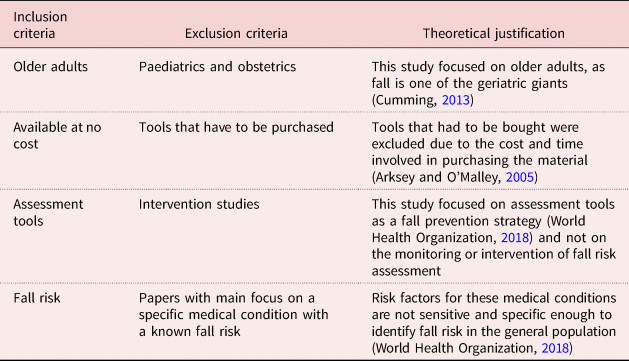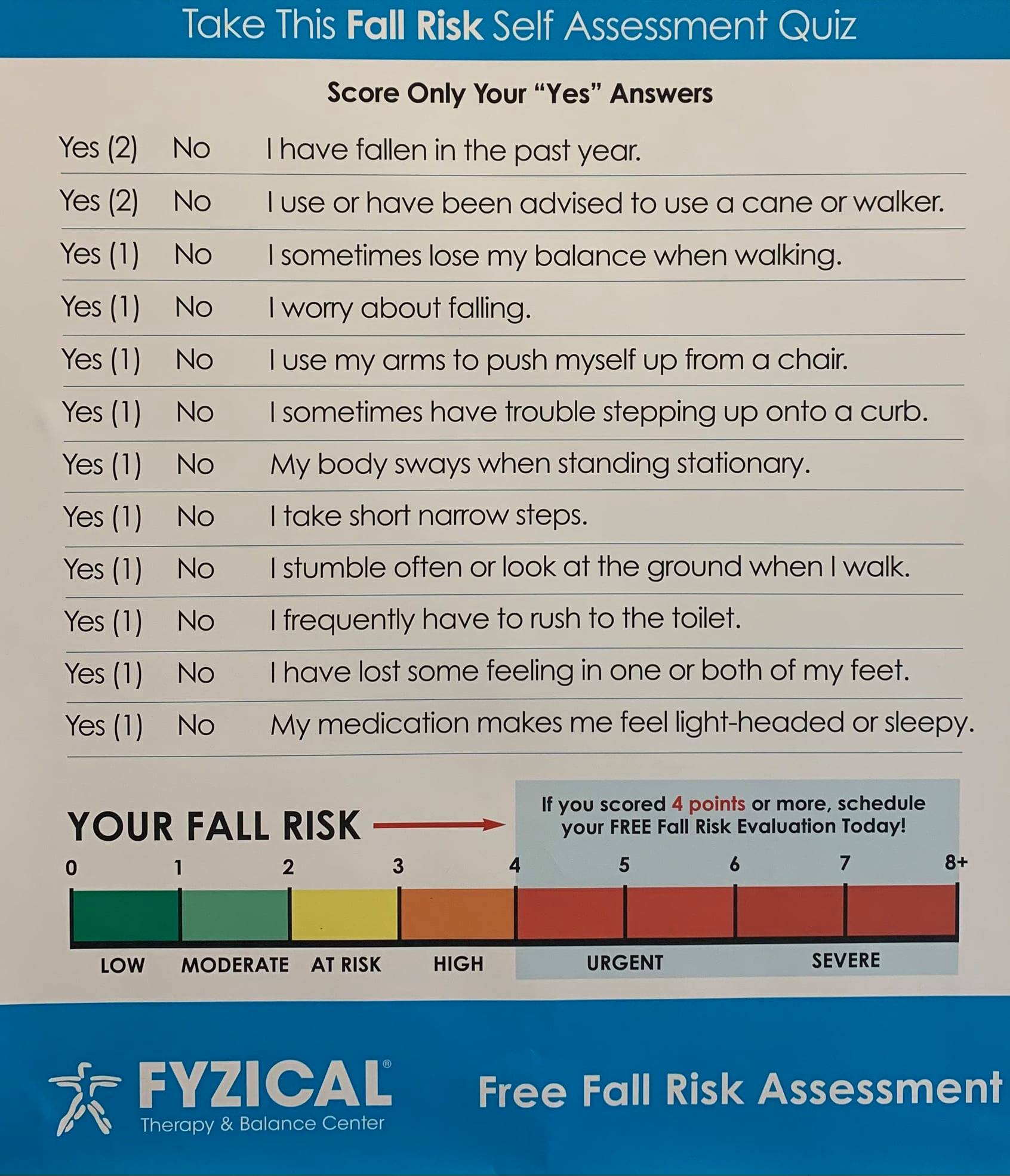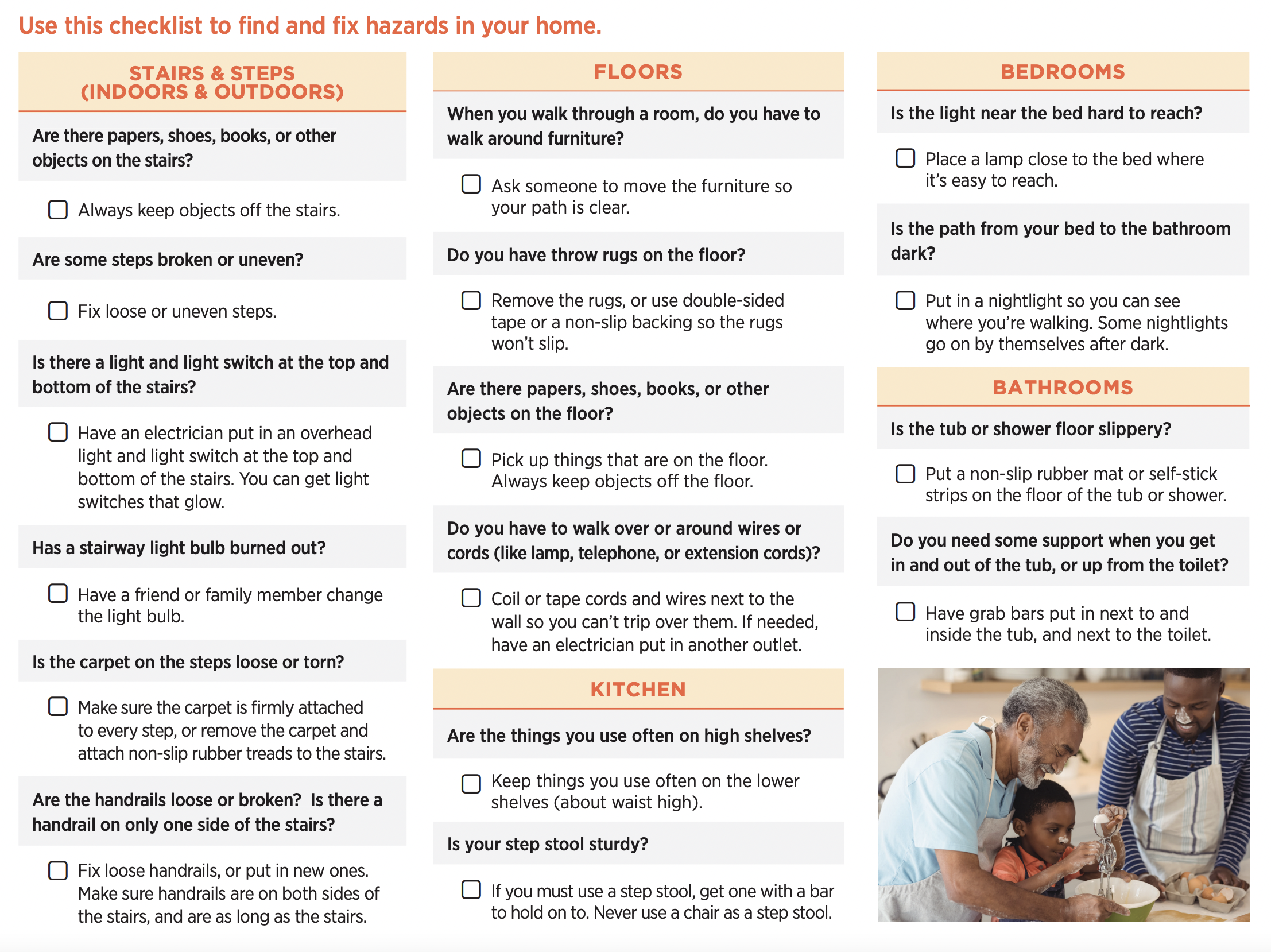The 15-Second Trick For Dementia Fall Risk
The Basic Principles Of Dementia Fall Risk
Table of ContentsSome Of Dementia Fall RiskNot known Details About Dementia Fall Risk Dementia Fall Risk Fundamentals ExplainedNot known Details About Dementia Fall Risk Not known Incorrect Statements About Dementia Fall Risk
The FRAT has three areas: fall threat status, threat aspect list, and action plan. A Loss Threat Condition consists of data about background of recent drops, drugs, psychological and cognitive condition of the individual - Dementia Fall Risk.If the individual ratings on a danger variable, the equivalent number of points are counted to the client's fall danger score in the box to the much. If an individual's loss danger score amounts to five or greater, the individual goes to high risk for drops. If the patient ratings just four points or reduced, they are still at some danger of dropping, and the registered nurse ought to utilize their ideal scientific evaluation to manage all loss danger aspects as component of an alternative care strategy.
These basic approaches, as a whole, assist create a safe environment that lowers accidental drops and delineates core precautionary steps for all patients. Indications are vital for people at danger for falls. Doctor need to acknowledge who has the condition, for they are accountable for executing activities to advertise client safety and stop drops.
Dementia Fall Risk Fundamentals Explained
Wristbands need to consist of the individual's last and very first name, day of birth, and NHS number in the UK. Only red color should be utilized to signal unique client condition.
Things that are as well much might need the individual to connect or ambulate unnecessarily and can potentially be a hazard or add to falls. Helps protect against the patient from going out of bed with no help. Nurses reply to fallers' phone call lights quicker than they do to lights initiated by non-fallers.
Visual disability can substantially trigger drops. Maintaining the beds closer to the floor reduces the danger of falls and serious injury. Positioning the mattress on the flooring substantially minimizes autumn risk in some medical care settings.
Some Known Questions About Dementia Fall Risk.
Clients who are tall and with weak leg muscles that try to rest on the bed from a standing setting are most likely to fall onto the bed due to the fact that it's also low for them to reduce themselves securely. If a high client efforts to obtain up from a low bed without aid, the patient is most likely to fall back down onto the bed or miss out on the bed and fall onto the flooring.
They're designed to promote timely rescue, not to avoid falls from bed. Apart from bed more tips here alarms, enhanced supervision for high-risk patients additionally might assist stop drops.

Clients with a shuffling gait increase fall opportunities significantly. To decrease loss danger, shoes must be with a little to no heel, slim soles with slip-resistant step, and sustain the ankles. Encourage client to make use of nonskid socks to stop the feet from moving upon standing. Encourage patients to wear appropriate, well-fitting shoesnot nonskid socks for ambulation.
Some Of Dementia Fall Risk
Individuals, particularly older adults, have minimized visual capability. Lights an unknown environment assists increase exposure if the patient must rise during the night. In a research, homes with appropriate lights report fewer drops (Ramulu et al., 2021). Improvement in lighting in the house may reduce fall rates in older adults (Dementia Fall Risk). Making use of gait belts by all healthcare service providers can promote safety when assisting clients with transfers from bed to chair.

Caretakers work for guaranteeing a safe and secure, secured, and secure environment. Nevertheless, researches demonstrated really low-certainty evidence that sitters decrease autumn risk in severe care medical facilities and only moderate-certainty content that choices like video clip tracking can minimize caretaker use without increasing loss threat, suggesting that sitters are not as beneficial as initially thought (Greely et al., 2020).
Dementia Fall Risk - Truths

Boosted physical fitness lowers the danger for falls and restricts injury that is endured when fall takes place. Land and water-based workout programs might be similarly useful on balance and stride and therefore lower the risk for drops. Water exercise might contribute a positive advantage on equilibrium and gait for women 65 years and older.
Chair Surge Exercise is a straightforward sit-to-stand exercise that helps enhance the muscle mass in the thighs and buttocks and boosts mobility and freedom. The objective is that site to do Chair Rise workouts without making use of hands as the client ends up being stronger. See resources area for a thorough guideline on exactly how to do Chair Rise workout.